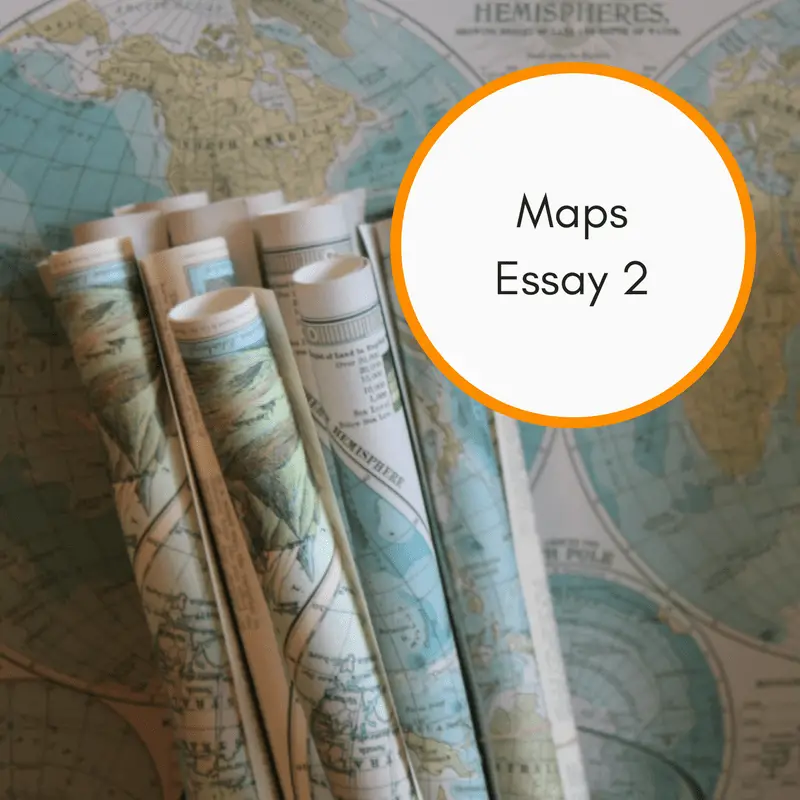
In this post, we will look at maps in the listening test.
On maps there are many symbols/icons that are easily recognised. In the image below you will see many icons that are used in maps. How many do you know?

Vocabulary
In the maps questions, you will hear vocabulary that is specific to giving directions. They have their own common terms that you will become familiar with. Different prepositions are used for some explanations.
For example;
Across from the …….
…….. is at the end of the street
At the junction of ……………..
On/at the corner of …………………
Near the entrance/exit to ……………………….
Just past/over the roundabout ……………………..
…………… at the next traffic light
……………… in the next street
Practice
Look at the map below and see if you can answer the following questions >>
- Is there a school near to the housing estate on Deyoung Street?
- Is the supermarket on the right when you travel up Heming Avenue towards the school?
- Is the police station on Maple Lane?
- Where is Kim’s house?
- How would you get to Larry’s house after leaving school?
- How could you get to the park from Harriet’s house?

Grammar
In the IELTS Listening Test, you will listen to directions and have to follow them in order to label places on a map.
When listening to the directions you will often hear the imperative, for example;
Turn right, then go straight ahead past the school. Walk along Park Avenue.
Imperatives give an instruction, in this case, telling you what to do. They are also used in other parts of the IELTS test, for instance when you are writing or talking about something in a sequence; First, Then, Next, After that, Finally.
Directions can also use the second person singular form, for example;
When you see the school library, you turn right onto Russel Road.
Modal verbs can also be used in directions, for example;
At the roundabout, you can either go straight ahead or you could turn right and walk the longer route past the shopping area.
You could take the main street or turn left onto Brownie Road.
Prepositions
Prepositions of movement are used to show movement to or from a place.
For example;
to, through, across
When you use the word to it can show movement to a specific destination.
- To get to the library you should go to Baker Street first, then take a right.
- I moved to Greece in 1985.
- She has gone to the shopping mall.
Through is used to show movement from one side of a confined space to the other.
- The bus went through the tunnel
- To get to the tennis courts you could cut through the library.
- To visit the shopping mall’s busiest area, you could walk through the main car park
The word across is used to show movement from one side to another.
- To reach the supermarket you can go across Grant Street and turn right.
- To get to the theatre she went across the walkway and turned left into Grimwald Street.
- To reach the tennis courts, walk across the car park and enter the door on the right.
More prepositions of movement >>
along – the road
around – the park
away from – the busy road
back to – the library
down – the embankment
into – the shop
off – the bus
out of – the cinema
over – the road, bridge, hill etc
past – the supermarket
round – the football field
towards – the bakery
under – the bridge
up – the hill
The words at and in can be used to show the purpose of movement, for example;
- The supermarket is at the end of the street, next to the large carpark.
- The library is in a busy area, next to the main campus cafeteria.
Labelling A Map
Some questions will ask you to label a map. You will be given a list of places to match up with places that are numbered.
Question Example
Question 6-10
Label the map.
Choose five answers from the box and write letters A-H next to questions 6-10.

Review And Strategy
TIP >> The plans, maps and diagrams questions do not follow the order that you hear the information in the recording. Therefore it is important that you read the questions and familiarise yourself with the plan or map you are looking at before you start listening.
TIP >> Study the map and see where things are before listening to the recording. Marks can be lost if you do not do this and read the questions properly.
TIP >> Listen carefully for information but be wary of distractors.
TIP >> Make notes on the paper and draw lines to destinations etc. This may help you to locate information.
We hope you found this post useful in helping you to study for the IELTS Test. If you have any questions please let us know in the comments below or on the Facebook page.
The best way to keep up to date with posts like this is to like us on Facebook, then follow us on Instagram and Pinterest.
If you need help preparing for the IELTS Test, join the IELTS Achieve Academy and see how we can assist you to achieve your desired band score. We offer an essay correction service, mock exams and online courses.

